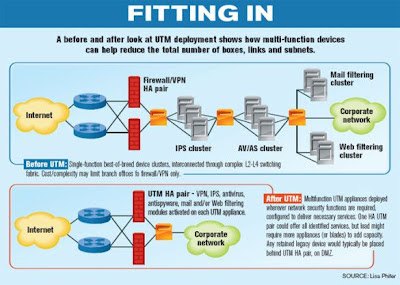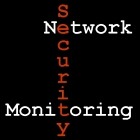Help SANS with Security Career Stories
The latest issue of the SANS @Risk (link will work shortly) newsletter contains this request: Project In Which You Might Contribute: Career models for information security. If you know of someone who has accomplished a lot in security by exploiting deep technical skills, and moved up in their organizations, please write is a little note about them to apaller [at] sans [dot] org. We have been asked by five different publications for articles or interviews on how to make a successful career in information security. A couple of the editors have heard that security folks with soft skills are no longer in demand and they want to hear about models of success for people with more technical backgrounds. No names or companies will be disclosed without written permission. If you can share a story, please email Alan Paller as indicated above. This is another opportunity for the technical people of the security world to make our mark.



